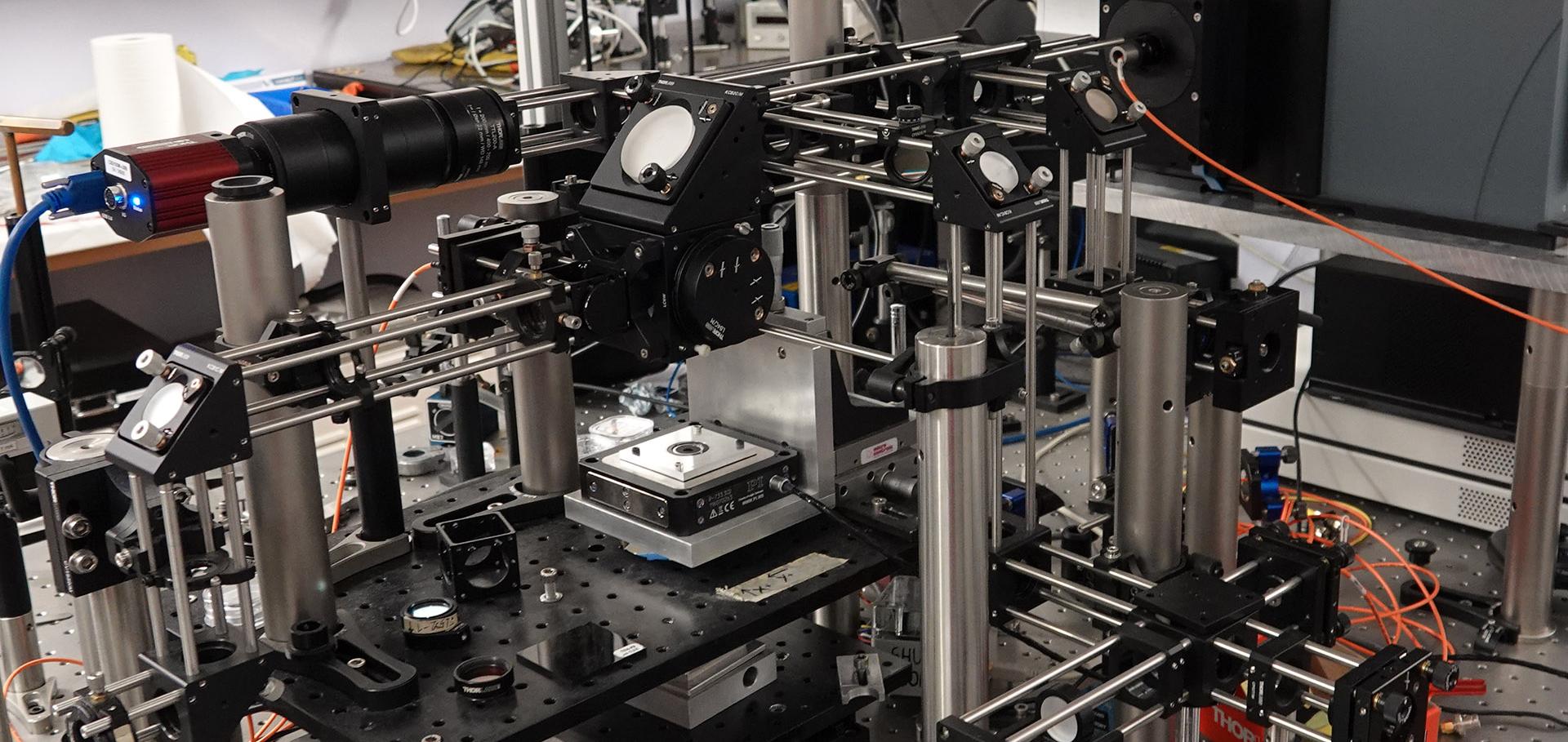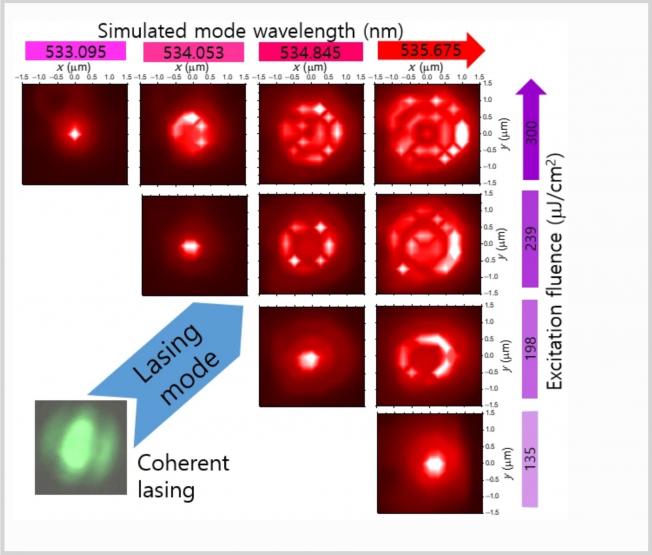Exciton dipole-dipole interaction in a single coupled-quantum-dot structure via polarized excitation
Nano Letters American Chemical Society 16:12 (2016) 7755-7760
Abstract:
We find that the exciton dipole–dipole interaction in a single laterally coupled GaAs/AlGaAs quantum dot structure can be controlled by the linear polarization of a nonresonant optical excitation. When the excitation intensity is increased with the linearly polarized light parallel to the lateral coupling direction [11̅0], excitons (X1 and X2) and local biexcitons (X1X1 and X2X2) of the two separate quantum dots (QD1 and QD2) show a redshift along with coupled biexcitons (X1X2), while neither coupled biexcitons nor a redshift are observed when the polarization of the exciting beam is perpendicular to the coupling direction. The polarization dependence and the redshift are attributed to an optical nonlinearity in the exciton Förster resonant energy transfer interaction, whereby exciton population transfer between the two quantum dots also becomes significant with increasing excitation intensity. We have further distinguished coupled biexcitons from local biexcitons by their large diamagnetic coefficient.Two-dimensional Excitonic Photoluminescence in Graphene on Cu surface
(2016)
Strong exciton-photon coupling with colloidal nanoplatelets in an open microcavity.
Nano Lett American Chemical Society 16:11 (2016) 7137-7141
Abstract:
Colloidal semiconductor nanoplatelets exhibit quantum size effects due to their thickness of only few monolayers, together with strong optical band-edge transitions facilitated by large lateral extensions. In this article we demonstrate room temperature strong coupling of the light and heavy hole exciton transitions of CdSe nanoplatelets with the photonic modes of an open planar microcavity. Vacuum Rabi splittings of 66 ± 1meV and 58 ± 1meV are observed for the heavy and light hole excitons respectively, together with a polariton-mediated hybridisation of both transitions. By measuring the concentration of platelets in the film we compute the transition dipole moment of a nanoplatelet exciton to be μ = (575±110) D. The large oscillator strength and fluorescence quantum yield of semiconductor nanoplatelets provide a perspective towards novel photonic devices, combining polaritonic and spinoptronic effects.Ultrafast, polarized, single-photon emission from m-plane InGaN Quantum Dots on GaN nanowires
(2016)



